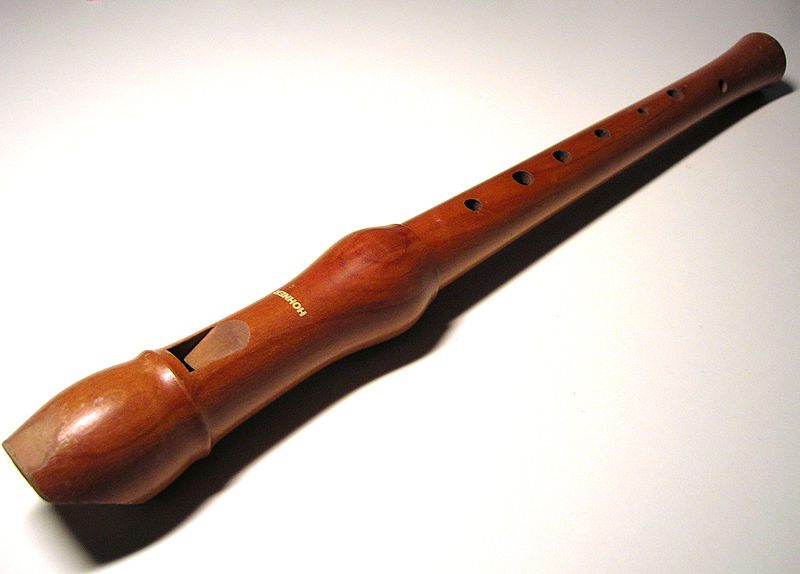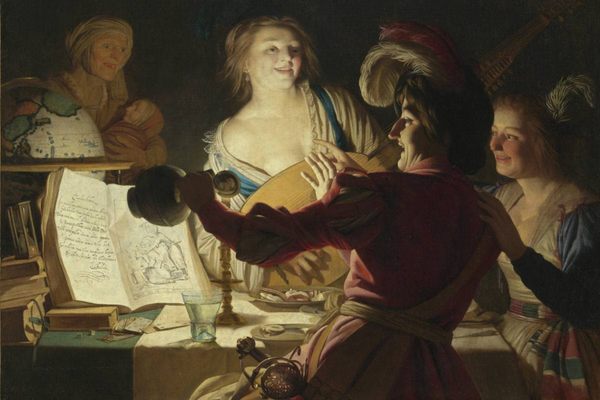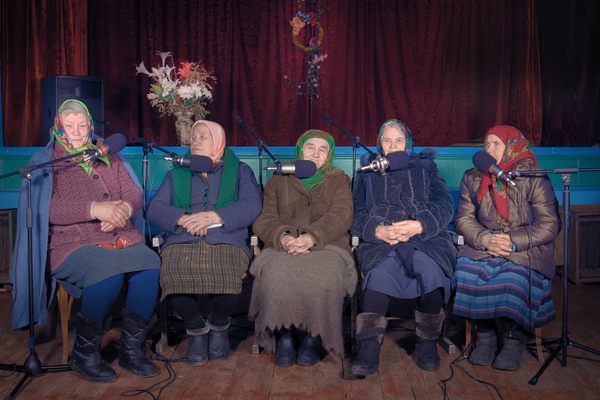Celebrating Henry VIII’s Love Affair With the Humble Recorder
The infamous king wrote original compositions for everyone’s grade-school flute.

When most people think of a recorder, it conjures up an image of those cheap plastic flutes that many people were forced to try to play in elementary school, as an introduction to the world of music. However, recorders were once something more—cherished instruments that helped define the sound of the Renaissance. Similarly, when people think of King Henry VIII, they (quite rightfully) tend to focus on his long and violent series of marriages. But he was also a musician and composer, and one of his favorite instruments was the recorder.
The recorder as an instrument dates back to the Middle Ages, when it evolved from earlier flute-like instruments, and it was distinguished mainly by the inclusion of a thumb hole. Traditional recorders were often carved from a single piece of wood or ivory, and were much more refined musical instruments than the more commonly known plastic cheapies we have today. They were widely popular in the Western musical tradition throughout the Renaissance and Baroque periods, when a number of courtly symphonies were produced. Of course Henry VIII, who considered himself, well, a Renaissance man, composed a number of pieces involving the wind instrument.


Henry VIII indulged in a number of pursuits, including sports and gambling, as well as intellectual activities such as writing and supporting the theater. But as an artist, perhaps the Tudor monarch’s most fascinating output was as a musician. He is known not only to have played the lute, lyre, and harp, among other instruments, but also to sing. While his undoubtedly lovely voice (would you want to be the one to tell him otherwise?) is not recorded for posterity, he could read and write musical notation, and a number of his compositions have survived.
The British Library holds a manuscript dating back to 1518 known as Henry VIII’s Songbook, which contains more than a hundred musical compositions from the era, 33 of which are credited to the king himself. Many of them are multi-instrumental arrangements with lyrics, including what is arguably his most famous song, “Pastime With Good Company.” His musical career is so storied that there is a persistent myth that he was the original author of the famous English folk song “Greensleeves,” although this is almost certainly not true.
Among the surviving musical works of Henry VIII are at least two songs written specifically to be played on the recorder. “If Love Now Reigned” and the other, untitled work are typical of the instrumental recorder music of the age. They sound as though they would fit in perfectly at a Renaissance fair, or the nearest fantasy novel tavern.
To support his musical obsession, the king amassed an impressive collection of instruments, which were held at Westminster Abbey and kept by fellow composer Philip van Wilder, who had been named Keeper of the Instruments. In the massive 1547 inventory of Henry VIII’s possessions after his death, among the lavish palaces, ships, and riches, is a long list of musical instruments, including bagpipes, flutes, lutes, organs, and more. Notably, the collection lists some 49 recorders made of different types of ivory and a variety of woods, including boxwood, and walnut. Many of the recorders are grouped together by material, and probably produced a wide ranges of sounds and tones. There are also singular instruments listed, such as a great bass recorder, which was likely larger than the rest. He may have had even more than the ones listed in the inventory. The Metropolitan Museum of Art’s website claims that the musical monarch owned 76 recorders by the time he died.
We might not think much of the humble recorder in the modern age, but once, it was truly the instrument of kings. Listening to Henry VIII’s recorder compositions today, the instrument’s sweet, chirpy tones provide a glimpse at the famously harsh figure’s often overlooked softer side.











Follow us on Twitter to get the latest on the world's hidden wonders.
Like us on Facebook to get the latest on the world's hidden wonders.
Follow us on Twitter Like us on Facebook